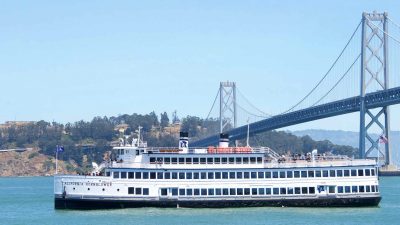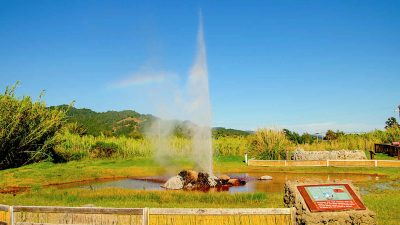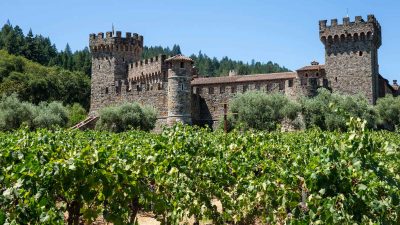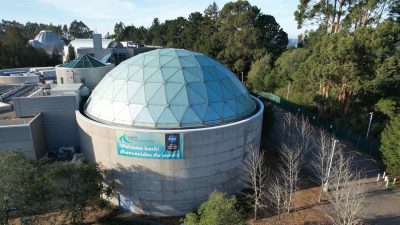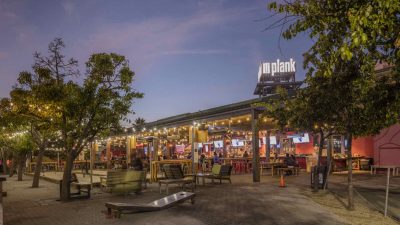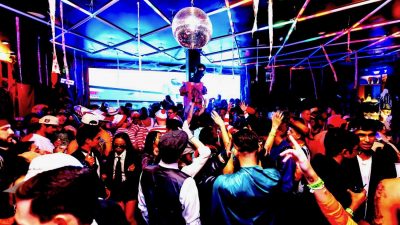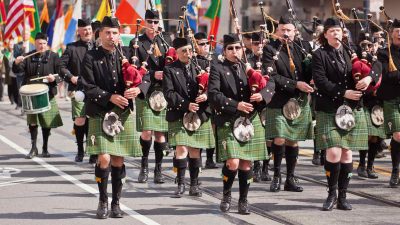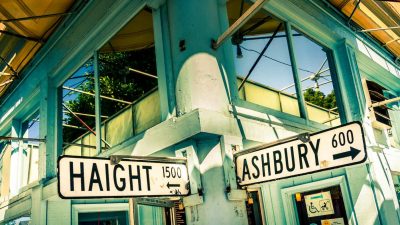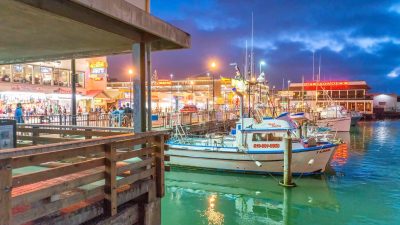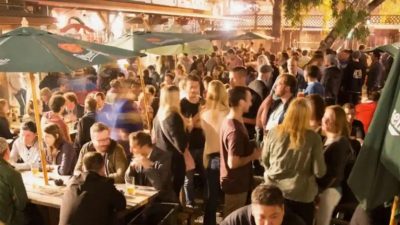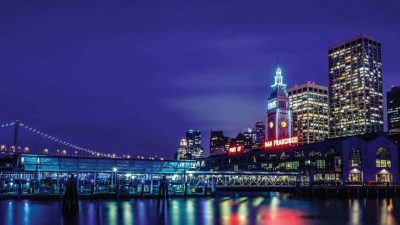The Evolution of Cinco de Mayo in the United States
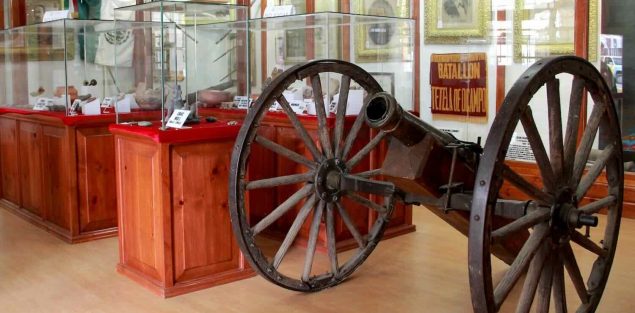
Every May 5, Cinco de Mayo lights up cities across the United States with parades, events and more. In San Francisco, the Mission District hums with activity, while bars sling margaritas by the pitcher. But this holiday, a celebration of a Mexican military victory, wasn’t always the widespread party it is today. Starting as a modest commemoration in California, Cinco de Mayo has grown into a large celebration in the US and beyond, shaped a universal love for Mexican heritage and the spirit of having a good time. We have always been excited to celebrate Cinco de Mayo and attend local events, but if you are participating in the Holiday, why not take some time to understand where it started and how it became the huge celebration that we see toady. Here’s how it all began and how it’s evolved into the global celebration we know now.
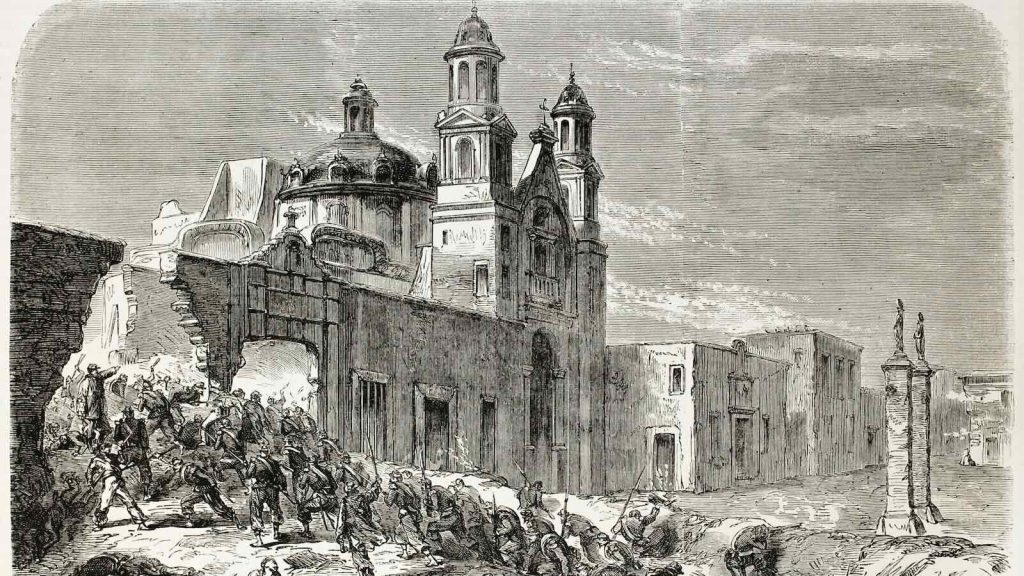
The Reason for the Holiday
Cinco de Mayo marks Mexico’s triumph over French forces at the Battle of Puebla on May 5, 1862. Outnumbered and outgunned, Mexican troops led by General Ignacio Zaragoza pulled off a stunning upset against Napoleon III’s army. While the victory didn’t end the French occupation (it delayed it) the battle became a symbol of resilience. In Mexico, Puebla still celebrates with parades and reenactments, but the holiday remains regional, overshadowed by Independence Day on September 16.
The U.S. story starts soon after the battle, in California’s Mexican-American communities. In 1862, news of Puebla’s victory reached mining towns like Columbia, where Mexican immigrants organized dances and speeches to honor their homeland’s grit. These early gatherings, were small but heartfelt, blending pride with a sense of belonging in a new country. California, recently ceded to the U.S. after the Mexican-American War, was fertile ground for such events, with a strong Mexican population eager to celebrate their roots.
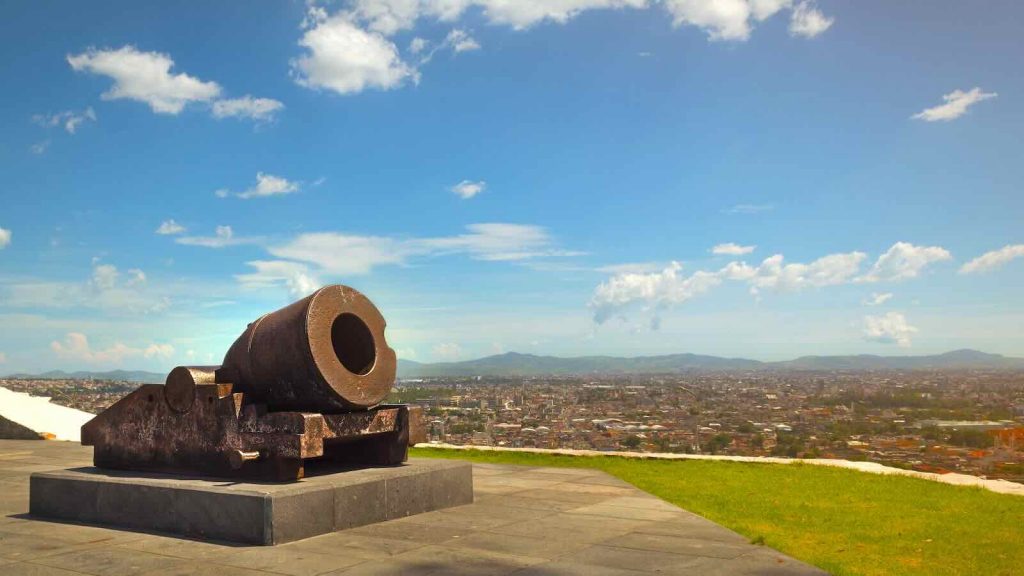
The 20th Century: Activism and Identity
For decades, Cinco de Mayo stayed mostly local, confined to Mexican-American enclaves in states like California, Texas, and Nevada. It was a day for community pride and celebrated with backyard barbecues, church events, and folk dances. But the 1960s and ’70s changed everything. The Chicano movement, a push for Mexican-American civil rights, saw the holiday as a perfect emblem of resistance. Activists in cities like Los Angeles and San Francisco rallied around the Battle of Puebla’s underdog story, tying it to their fight against discrimination and inequality.
By the late 1960s, Cinco de Mayo events grew bigger and bolder. Schools hosted cultural programs and universities organized festivals with music and art. In 1968, San Jose held one of the first major public celebrations, a template for today’s street fairs. The holiday became a way to reclaim Mexican identity, countering stereotypes and highlighting contributions to American life.
1980s and Beyond
The 1980s marked a turning point. As Mexican-American communities gained visibility, businesses saw opportunity. Beer brands like Corona and liquor companies like Jose Cuervo jumped in, promoting Cinco de Mayo with ads for margaritas and cold cervezas. By 1989, a brewery launched one of the first national Cinco de Mayo campaigns, turning the holiday into a marketing bonanza. Restaurants followed, offering taco specials and happy hours, while cities expanded festivals to draw tourists.
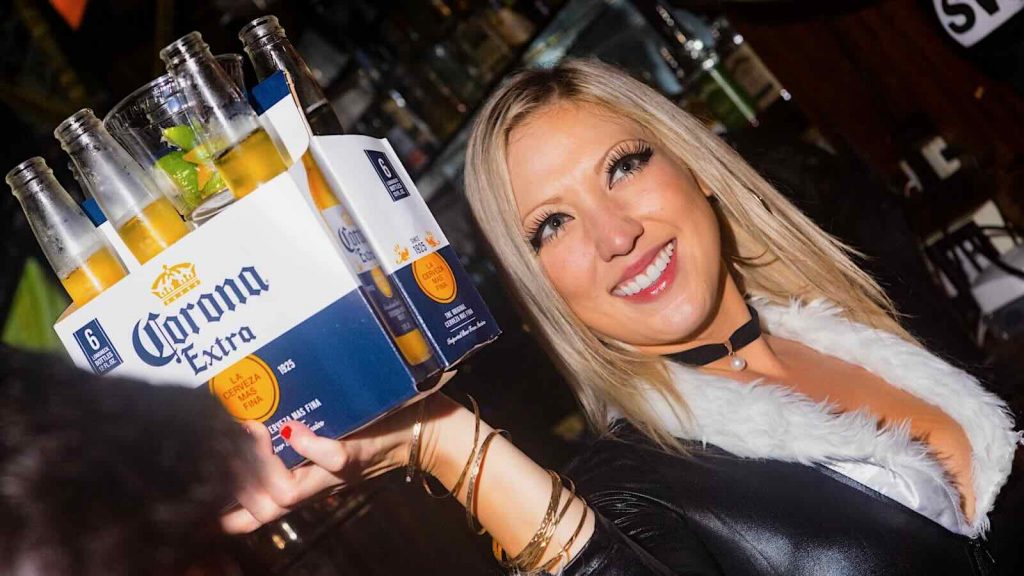
This commercialization had a double edge. On one hand, it spread Cinco de Mayo’s reach, making it a household name. Los Angeles’ Fiesta Broadway became one of the largest, drawing half a million people by the 1990s. On the other hand, some Mexican-Americans worried the holiday was losing its soul, reduced to sombreros and tequila shots. Critics called for events that honored history over stereotypes, a tension that persists today.
Still, the holiday’s growth was unstoppable. By the 2000s, Cinco de Mayo was a staple across the United States from Chicago’s massive parades to Denver’s two-day event. In 2005, Congress even passed a resolution recognizing its cultural significance. San Francisco’s celebrations, centered in the Mission, grew into showcases of Latinx music, dance, and food, reflecting the city’s large Mexican and Central American communities.
Going Global
Cinco de Mayo didn’t stop at the U.S. border. By the 2010s, it had spread worldwide, fueled by globalization and the universal appeal of Mexican culture. Canada’s Vancouver and Toronto host street festivals with taco trucks and salsa dancing. In Australia, Brisbane throws a Latin American culture bash, while Tokyo’s Mexican restaurants draw crowds for tequila tastings. Even Malta and South Africa have joined in, with bars hosting themed parties.
These global events vary widely. In London, pop-up markets offer Mexican street food, while the Cayman Islands’ Hard Rock Cafe stages an air guitar contest. Yet most share a focus on music, food, and community, echoing the US model. The holiday’s adaptability has made it a global phenomenon, though Mexico itself remains focused on Puebla’s local traditions.
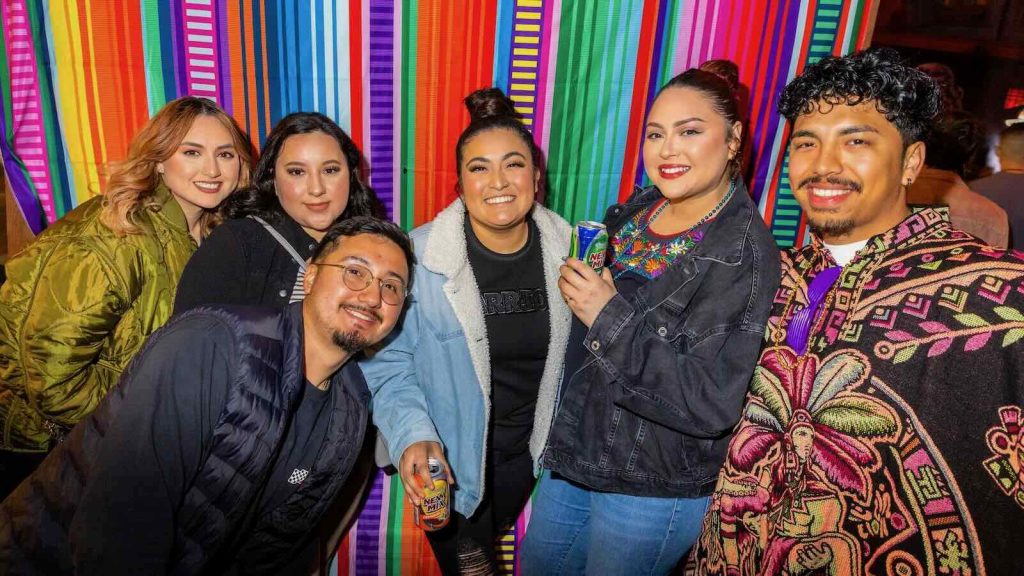
Cinco De Mayo Today
In 2025, Cinco de Mayo in the United States is filled with celebrations. San Francisco host many events like the Cinco de Mayo Pub Crawl, while Austin’s bars crank up live bands on 6th Street. Schools teach kids about the Battle of Puebla, and social media buzzes with #CincoDeMayo recipes. But there’s a growing push to keep the holiday meaningful. Mexican-American organizers emphasize authentic traditions, like Puebla’s mole poblano or mariachi performances, over commercial clichés. Some cities now pair festivals with voter drives or charity runs, tying the day back to community empowerment.
The holiday’s evolution reflects America’s own. What began as a gesture of solidarity in 1860s California has become a nationwide embrace of Mexican heritage, even as it navigates commercialization and cultural sensitivity. Around the world, it’s a chance to savor Mexican foods, sip mezcal, and celebrate a story of triumph that resonates far beyond Puebla’s battlefields.





